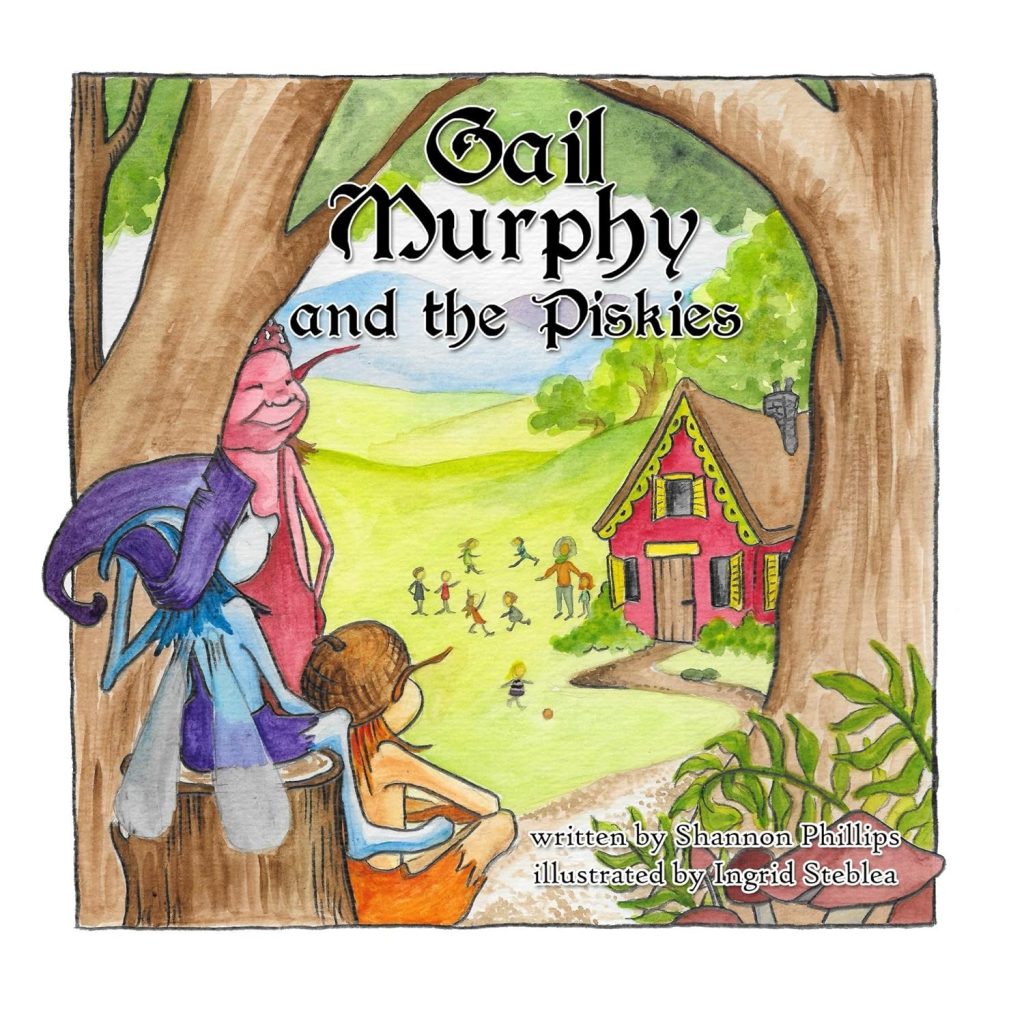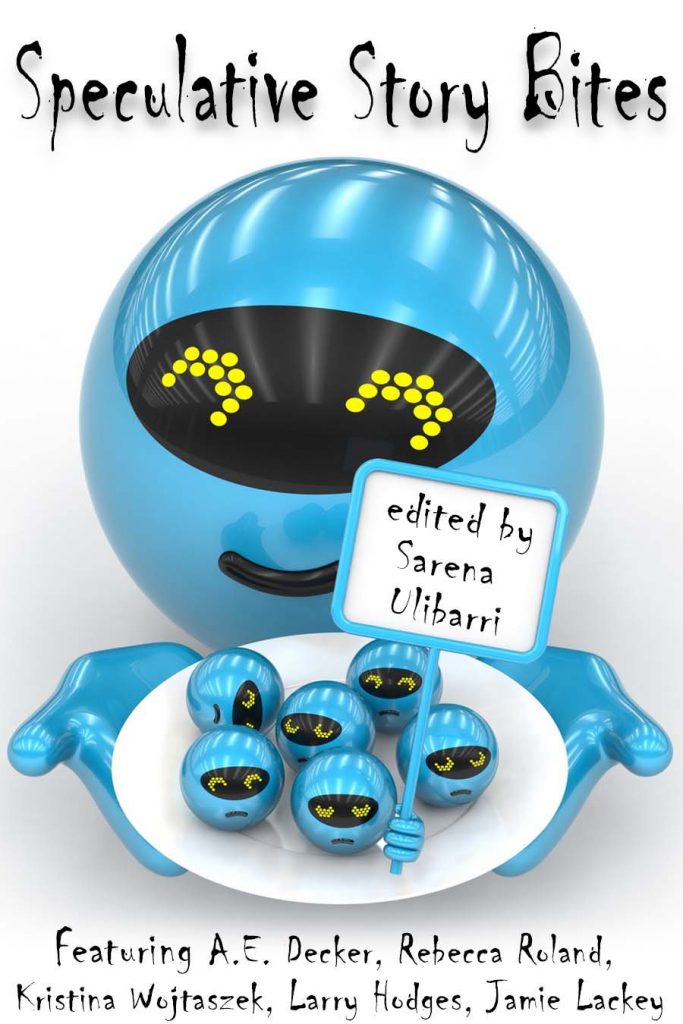Book Reviews: Did Not Finish
I’ve fallen behind on my book reviews, so I think it’s time to clear out some of the ones I abandoned and probably will never get back to. These are the books I’ve given up on:
Eyes Like Leaves
I feel like I’ve been picking on Charles De Lint recently, so let me say up front that I’ve very much enjoyed some of his other books. (The Blue Girl, for instance, is one I’d recommend.) But I could tell by the second chapter this one wasn’t going to work for me. It’s actually a very early novel that wasn’t originally published, and in it de Lint’s style feels clunky and not yet quite professional.
An off-the-cuff heuristic I use for appraising fantasy novels is to skim a random page and see how many words are capitalized. There’s often an inverse correlation between quality and capital letters. In Eyes Like Leaves you get paragraphs like the following:
In his heart he knew the true struggle lay not with the Saramand, but with the Icelord of Damadar whose schemings had made raids such as this possible. Reflexively, his fingers shaped the Sign of Horns. He sighed. Not man nor wizard could stay the Mocker’s cold plans. For that the balancing strength of the Summerlord was needed. But Hafarl was gone and the Green Isles were at the mercy of the Lord of Winter.
See what I mean? Every fifth or sixth word is capitalized. It’s kind of a lazy shortcut towards worldbuilding—those capital letters say This Is Epic, but the work isn’t done to make it feel epic. The Icelord, aka the Lord of Winter, aka the Mocker (how many different titles does the dude need?) is bad, okay, and presumably our protagonist is going to have to fight him. Probably the protagonist will end up becoming the new Summerlord or whatever. The fate of the Green Isles is at stake. People will be throwing around the Sign of Horns like Texans at a football game. It all feels very rote and by-the-numbers. There’s nothing here that gripped me enough to keep reading.
The Affinity Bridge
Okay. Here’s the back-of-the-book synopsis, so you can see why I picked this one up:
Welcome to the bizarre and dangerous world of Victorian London, a city teetering on the edge of revolution. Its people are ushering in a new era of technology, dazzled each day by unfamiliar inventions. Airships soar in the skies over the city, while ground trains rumble through the streets and clockwork automatons are programmed to carry out menial tasks in the offices of lawyers, policemen, and journalists.
But beneath this shiny veneer of progress lurks a sinister side.
Queen Victoria is kept alive by a primitive life-support system, while her agents, Sir Maurice Newbury and his delectable assistant Miss Veronica Hobbes, do battle with enemies of the crown, physical and supernatural. This time Newbury and Hobbes are called to investigate the wreckage of a crashed airship and its missing automaton pilot, while attempting to solve a string of strangulations attributed to a mysterious glowing policeman, and dealing with a zombie plague that is ravaging the slums of the capital.
Awesome, right? Zombies. Airships. Steampunk London. Delectable Miss Veronica Hobbes. This all sounds like the kind of thing you’ll like if you like that kind of thing—and I do.
Unfortunately, I found this one unworkable on a purely technical level. The writing itself was so clumsy and off-putting that I was unable to engage with the characters or the plot. There’s POV confusion, mixed metaphors all over the place, huge clonking wads of exposition thrust at the reader in the most intrusive way (one conversation between two characters is abruptly halted so that the narration can deliver a half-page summary of the economics of the airship industry in London and its colonies), and pretty much all characterization is accomplished through the tell-don’t-show method.
For example, page 25 gives us this sketch of the protagonist:
Newbury had been an agent of the Queen for nearly four years, and whilst he was typically engaged in some case or other—whether helping Scotland Yard or left to his own devices—he continued to maintain a position at the museum all the same. He was an experienced anthropologist, with a particular speciality in the religion and supernatural practices of prehistoric human cultures, and he often found his academic work had resonance with is work in the field. At present, he was engaged in writing a paper on the ritualistic practices of the druidic tribes of Bronze Age Europe. He’d hardly found time to touch it for a week, however, what with the string of bizarre strangulations occurring around Whitechapel and his desire to aid his old friend, Bainbridge, in the hunt for the killer. Discovering that the culprit may have supernatural origins had only solidified his resolve to see the case through to the end, and what’s more, the revelation put the case firmly and directly into his specific area of expertise.
Literally any other way of delivering this information would be more interesting and exciting. Our hero is a really smart guy and a specialist in old tribal religions? Perhaps we can learn that by watching him in action, or by having another character ask for his opinion. There’s a string of bizarre strangulations? Maybe we could learn about this when our protagonist is called to the scene of the grisly crime. What about his steely resolve and his expertise with the supernatural—can we learn about that through action and observation? No, no, we’ll just get a straightforward infodump while Newbury sits around his office thinking about the paper he’s not writing. Okay, that works too, I guess. I mean, maybe it might work for somebody. I was bored stiff.
If you’re in the mood for airships and zombies, I’d recommend Cherie Priest’s Boneshaker instead.
The Thief
I think I read this when I was younger, but re-reading as an adult I found the prose clunky (a common theme with books I abandon) and the characterization too thin to hold my interest. I noticed when I put in my Goodreads rating (one star, “did not like it”) that the consensus of reviews is that this book is only worth slogging through to get to the next in the series, which is supposed to be much better. So maybe I’m missing out.






























